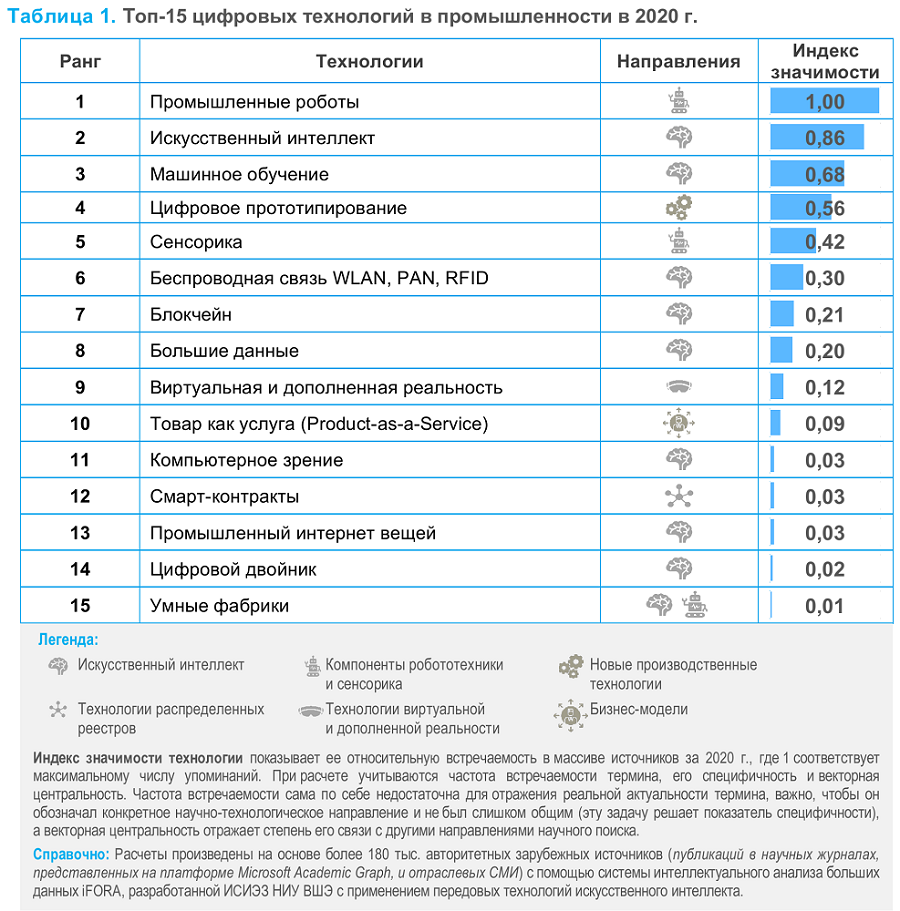MainInsights & AnalyticsOverview of Global 5G Use Cases in 2021
Overview of Global 5G Use Cases in 2021
ICT.Moscow published an annual overview of monitoring the use of fifth generation communications in the world. 146 use cases from 30 countries were analyzed for the period from August 2020 to October 2021 inclusive.
The overview includes both projects presented in the demo mode and practices, the testing of which has already begun within the pilots. All of them are divided into 9 functional areas: industry and energy, logistics and transport, entertainment and tourism, security, communications, medicine, ecology and agriculture, trade and services, education. The overview also analyzes technologies and field where 5G is implemented more often, including AI, VR/AR, robotics, edge computing, Internet of Things (IoT), Vehicle-to-Everything (V2X). The collected use cases were announced in open sources from August 2020 to October 2021 inclusive.
Key findings
The geography of 5G application in the world is noticeably expanding — the largest number of use cases was found in China (22), followed by the UK (17th) and the US (16th), which have become more visible on the global landscape largely due to the activity of local operators. In countries where 5G networks had not been put into commercial operation at the time of the publication of the report (Russia, Belarus, Portugal, Argentina, Turkey, Ukraine, Malaysia), 5G-ready use cases were taken into account, that is, projects implemented in networks ready to work on 5G frequencies after their launch.
The internal geography of 5G use cases is expanding — they are being actively implemented not only in capitals and megacities, but also in provincial regions and small towns.
The key functional areas in which 5G use cases are being most actively implemented include industry and energy, logistics and transport, entertainment, security, communications and connectivity, medicine. The largest number of use cases have been found in manufacturing industry, where such scenarios are being developed as implementation at industrial facilities (at the level of infrastructure hubs), and equipment management. In the transport segment, among other things, technically complex cases were implemented: for example, providing communications for high-speed transport routes. In most areas, another trend is noticeable, with many new use cases having become more narrow-profile, that is, within the framework of one case, a narrower range of tasks is solved and a smaller range of technologies is used in addition to 5G.
AI and VR/AR are being used more actively than other technologies along with 5G. For AI solutions, 5G enables the continuous transmission of large amounts of data. This is especially true for manufacturing industry and transport (more than half of AI use cases are concentrated in these areas). Cases using VR/AR are distributed approximately evenly across all functional areas, including industry and transport, as well as the segments of entertainment and tourism, medicine, ecology and agriculture. For example, these technologies are used in 5G networks for staff training, seminars and remote meetings, as well as testing virtual games in the cloud.
Cities and states play a prominent role in the implementation of 5G use cases — 98 of the 146 cases reviewed involve city or state departments in one way or another, as well as companies with significant state participation (for example, Chinese telecom operators).
Enterprises are actively using private 5G networks, with more than a quarter of the selected 5G use cases being implemented in private 5G networks. Usually, they are deployed by industrial enterprises — most projects in this direction were carried out precisely in private networks. However, such cases can also be found in the segments of transport, medicine, security, and agriculture.
In Russia, in the absence of approved 5G standards, local testing of the technology continues, while new use cases show the same trends that were observed when studying foreign projects.
About half of the Russian use cases (7 out of 16) were implemented in Moscow and the Moscow Region, more than in any other Russian city or region. However, new projects were carried out in other million-plus cities (for example, St. Petersburg or Novosibirsk) and districts of the country. Thus, the internal geography of the use of 5G communications has expanded compared to last year, when there were much fewer regional use cases.
Industrial enterprises were the most active in using 5G/5G-ready in Russia. There are noticeably more cases in this field, as well as in the communications segment, compared to the 2020 review. New use cases also appeared in the fields of entertainment and tourism, medicine, and transport.
The majority of Russian use cases, as well as in the world, were implemented with the support of cities (9 out of 16).
#5G#artificial_intelligence#VR#AR#internet_of_things#V2X#edge_computing
Companies: IT Department of Moscow Government
IT Department of Moscow GovernmentVideo surveillance and video analytics. An overview of international practices
Practices of using video surveillance and video analytics systems in cities and countries of Asia and the Midd...Read more IDC
IDCRussian smartphone market in Q2 2021
Main market indicators.Read more Phystech Ventures
Phystech VenturesDeepTech Outlook 2021
Top 10 sectors for investment in deeptech.Read more HSE (Higher School of Economics)
HSE (Higher School of Economics)Top 15 digital technologies in manufacturing industry
A research of the most important digital technologies in manufacturing industry.Read more
3G Stays in Russian Cities till 2025
Kommersant
By clicking the button you agree to Privacy Policy
Supported by the Moscow Government
Content and Editorial:tech@ict.moscow
